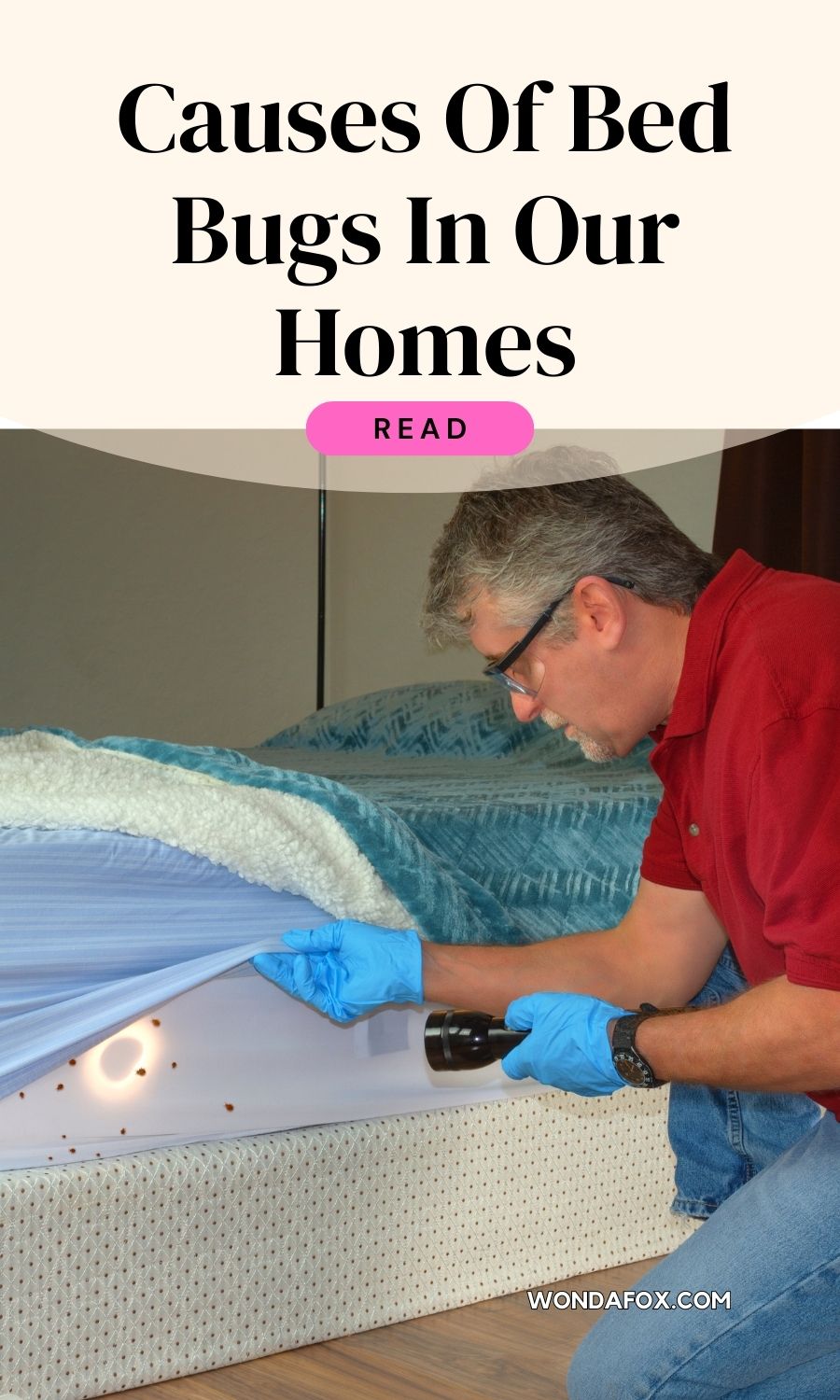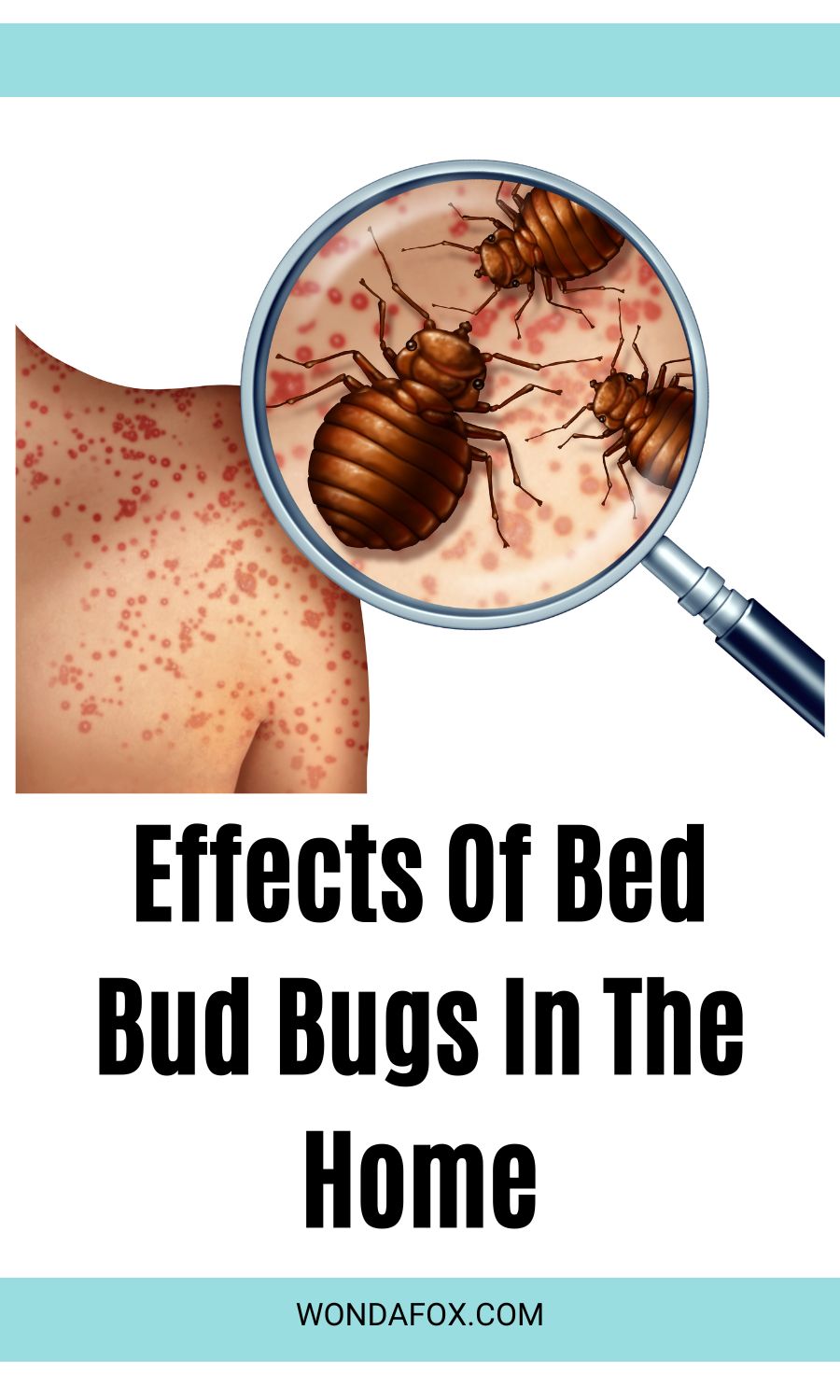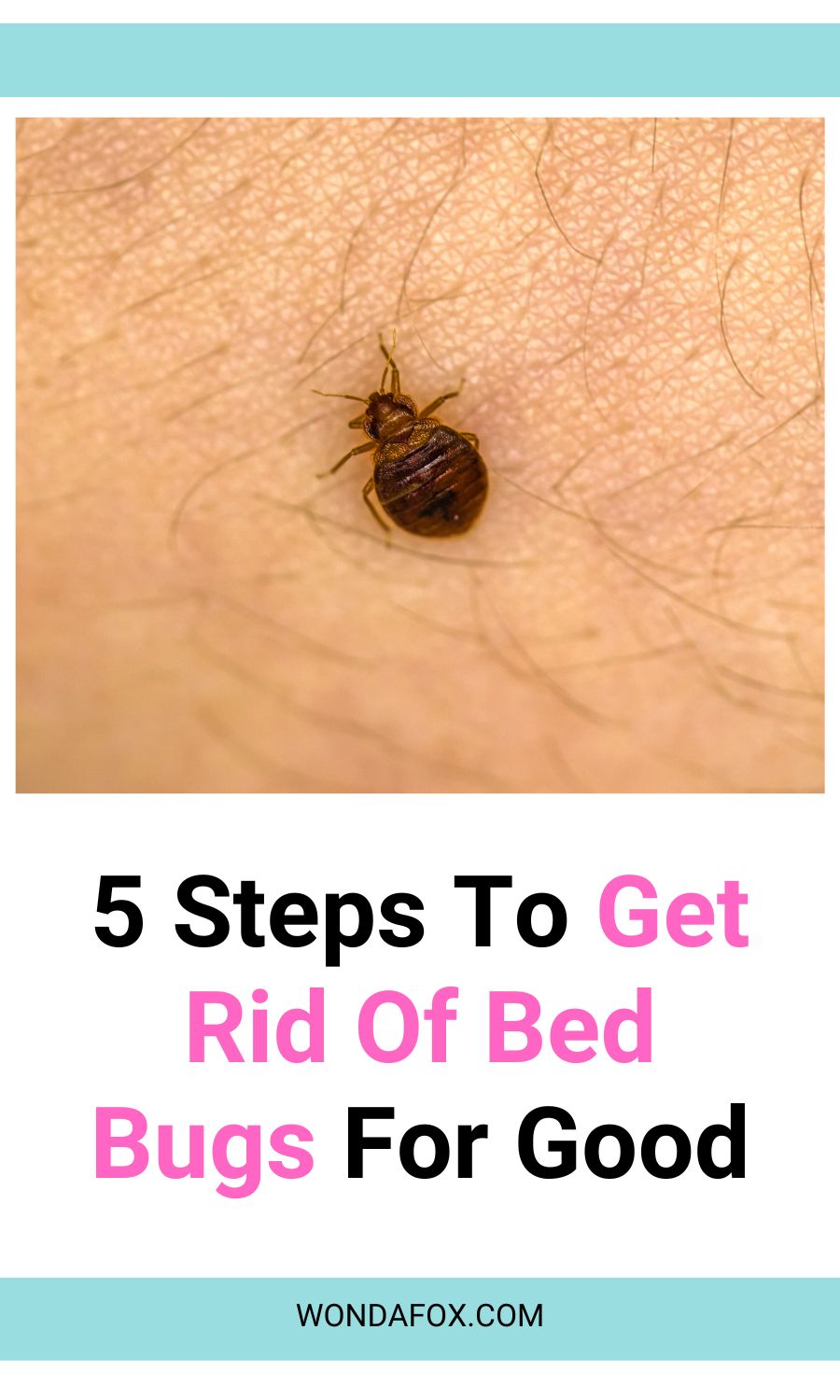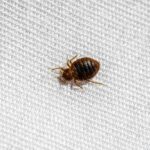Bed bugs – two small words that can strike fear into the hearts of homeowners everywhere. These pesky little insects have been a nuisance in homes for centuries, causing sleepless nights, itchy bites, and frustration for anyone who encounters them. In recent years, bed bug infestations have been on the rise, making them a common problem that many homeowners are forced to deal with.
So, what exactly are bed bugs? Bed bugs are small, wingless insects that feed on the blood of humans and animals. They are about the size of an apple seed and are reddish-brown in color. Bed bugs are known for their ability to hide and reproduce quickly, making them extremely difficult to get rid of once they have infested a home.

Bed bugs are nocturnal creatures, meaning they are most active at night when their human hosts are asleep. They are attracted to body heat and carbon dioxide, which is exhaled while we breathe. This makes our beds the perfect hiding spot for these unwanted pests. Bed bugs can infest mattresses, box springs, bed frames, and even nearby furniture, making it extremely challenging to eliminate them completely.
The initial signs of a bed bug infestation can often be mistaken for other common household pests. Red, itchy bites on the skin, small blood stains on bedding, or dark spots (bed bug feces) on mattresses are all indicators that bed bugs may be present in your home. However, it is important to note that some people may not have any visible signs of bites, while others may have a more severe reaction.
Bed bug infestations can be brought into the home through various means. They can hitch a ride on luggage, clothing, used furniture or bedding, and even on pets.
Infestations can occur in any type of dwelling, from luxurious hotels to modest apartments, and even in clean and well-maintained homes. It is a common misconception that bed bugs are only found in dirty or unsanitary environments – they can infest any home, regardless of cleanliness.
If you suspect that you may have a bed bug infestation, it is crucial to take immediate action. These pests reproduce rapidly, and a small infestation can quickly turn into a large-scale problem if left untreated. While it is possible to eliminate bed bugs on your own, professional pest control companies are often the most effective solution. They have the knowledge, expertise, and tools necessary to eradicate these relentless pests.
In this blog post, we will explore various aspects of bed bug infestations, such as prevention tips, treatment options, and how to effectively manage these unwelcome houseguests and regain peace of mind in your own living space.

Causes of bed bugs in our homes
Bed bugs are one of the most dreaded pests that can invade our homes. These tiny insects hide in the cracks and crevices of our furniture, bedding, and walls, emerging at night to feed on our blood. Dealing with bed bugs can be a nightmare, and understanding the causes of their infestation is crucial to prevent their appearance and effectively eliminate them.
1. Traveling:
One of the main causes of bed bugs in our homes is travel. These pests are excellent hitchhikers and can easily latch onto our suitcases, clothing, or any other belongings when we stay in infected accommodations. They can then infest our homes once we return. It’s essential to thoroughly inspect hotel rooms, vacation rentals, or any other temporary living spaces before settling in, as prevention is always better than dealing with an infestation later on.
2. Second-hand furniture:
Another prime cause of bed bug infestation is bringing in second-hand furniture, especially mattresses, into our homes. Bed bugs can hide in the seams, tufts, and joints of these items, completely unbeknownst to us. It’s crucial to inspect any used furniture thoroughly before introducing it into our homes. Additionally, it’s advisable to avoid picking up discarded items from the street, as they may unknowingly contain bed bugs.
3. Clutter and uncleanliness:
Bed bugs thrive in cluttered and unclean environments. They can easily find hiding spots within piles of clothes, stacks of books, or even underneath the messiest of beds. Regular decluttering, vacuuming, and cleaning can go a long way in preventing a bed bug infestation. Minimizing potential hiding spots and maintaining cleanliness will make it more difficult for bed bugs to take hold in our homes.
4. Shared spaces:
Living in shared spaces, such as college dormitories, apartment complexes, or condominiums, significantly increases the chances of encountering bed bugs. These pests can quickly move from one unit to another through cracks in the walls, electrical outlets, or shared laundry facilities. It’s crucial to be vigilant in such shared environments, regularly inspecting mattresses, furniture, and other common areas for any signs of infestation.
Related Posts
5. Visitors and guests:
Having guests over can also be a risk factor for bed bug infestations. If your guests unknowingly bring these pests into your home, they can easily transfer from their belongings to your furniture or bedding.
Make sure to provide your guests with a clean and bedbug-free sleeping area, inspecting it carefully beforehand. Similarly, when visiting others, be wary of any signs of a bed bug infestation to avoid bringing them back to your own home.
Bed bugs can invade our homes through various means, including travel, second-hand furniture, clutter and uncleanliness, shared spaces, and visitors. Being aware of these causes and taking necessary precautions can help minimize the risk of dealing with a full-blown infestation. Regular inspections, cleanliness, and quick action are key to preventing these nocturnal pests from turning our homes into their feeding grounds.
Where do bed bugs hide?
Bed bugs are very fast and they can hide at any place after they are done feeding on you. They can hide at places such as;
- Objects near beds
- Clothing
- Boxes
- Mattresses
- Headboards
- Ceilings and many other places.

Effects of bed bugs in our homes
While they are not known to spread diseases, their presence can cause a multitude of problems for homeowners. These insects are elusive and proficient in hiding, making it difficult to eradicate them without professional help. In this blog post, we will explore the effects of bed bugs in our homes and why it’s crucial to address this issue promptly.
One of the most immediate impacts of bed bugs is the relentless itching and irritation they cause. Their bites often result in red, itchy welts, which can be extremely uncomfortable and lead to sleepless nights. Waking up covered in bites can be distressing and affect our overall well-being. Constant scratching not only worsens the itching but may also break the skin, increasing the risk of infection.
In addition to physical discomfort, bed bugs can also have a significant psychological impact. Living with an infestation can cause anxiety, stress, and sleep deprivation. The mere thought of sharing our beds with these tiny creatures can generate fear and paranoia, affecting our mental health and overall quality of life. The psychological toll can extend to social situations, as the fear of spreading bed bugs may cause people to avoid inviting guests into their homes.
Unfortunately, the effects of bed bugs extend beyond personal discomfort. Infestations can quickly multiply, spreading to other areas of our homes. These insects are adept hitchhikers, easily latching onto clothing, bags, and other items, making it easy for them to infest different rooms or even entire buildings if left untreated. Exterminating bed bugs can be a complex and time-consuming process, often involving the use of chemicals or heat treatments, which may require professional intervention.
Financial implications are another significant concern when dealing with bed bugs. The cost of eradicating an infestation can be substantial, especially if it has spread throughout the house. Hiring professional pest control services, purchasing special mattress covers, and potentially replacing infested furniture can quickly add up. Moreover, if the infestation is not resolved promptly, the resale value of the home may be affected, as potential buyers may be deterred by the history of bed bugs.
Prevention and early detection are crucial to minimizing the effects of bed bugs. Regularly inspecting mattresses, furniture, and any potential hiding spots can help identify infestations before they become widespread. When traveling, it is advisable to thoroughly inspect hotel rooms and luggage to prevent bringing bed bugs back home. Additionally, promoting cleanliness and reducing clutter in our homes can make it harder for bed bugs to find hiding spots.
The effects of bed bugs in our homes are far-reaching, impacting our physical and mental well-being, as well as our finances. Swift action is essential in dealing with these pests to minimize the spread and severity of infestations.
How do bed bugs spread?
Since bed bugs lack wings, they cannot fly. But because they move so quickly, if you visit a house where bed bugs are already an issue, you may easily pick them up by having them hide in your clothing. When you get home and don’t notice them, they can spread throughout the entire house in two weeks by hatching their eggs in any secret locations.
While it is possible to tackle minor infestations independently, seeking professional help is often the best course of action to ensure effective eradication. Remember, prevention and early detection are key to keeping our homes bed bug-free.

How to get rid of bed bugs
Declutter your home
Bed bugs like to hide in objects and only come out at night. So the first thing to do is to make sure that there isn’t clutter in your home. Get rid of things you don’t use. Throw away things that are no longer working or worn out. And make sure that your home is spacious.
Clean the home
Although they are called bed bugs, beds aren’t the only places they hide. They can be anywhere, even in bags and clothes too. So clean the whole house. Clean and vacuum everything and everywhere.
Wash and dry
The next thing to do is to wash and dry your linens, bed settings, clothing, and all other things that need washing. Wash them in hot water and then dry them. You can dry them in the sun or in the dryer. If you are going to use the dryer, set it at the highest heat and dry for at least 30 minutes to ensure that all the bed bugs and their eggs are dead.
The mattress and furniture
The best thing to do when your mattress and furniture are infested with bed bugs is to simply throw them away and get new ones. But before you get new ones, make sure that you’ve gotten rid of the bed bugs in your home before.
If throwing them away isn’t an option for you, you can try to get rid of the bed bugs in them. Thoroughly scrub your mattress or furniture with a hard brush while simultaneously using the brush to scour all the eggs. After that vacuum it too.
Use insecticide
Once you are done doing all this, the last and final stage is to use insecticide to get rid of all the bed bugs in your home. Traditional insecticide treatments aren’t harmful to humans and pets but it will still be a great idea to vacate your home for some days when you are doing this.
Also, in order to prevent reinfestation, do the treatment again after two weeks. This is because the insecticide may not kill some of the bed bugs’ eggs and so doing it again after two weeks will ensure that they are all finally dead.
Also, spray the whole house with the insecticide, not just the room you think is infested. Doing this will ensure that if any bed bugs were transferred to other rooms, they all die too.
Getting rid of bed bugs in the home may not be an easy task but it is definitely doable. By following the steps above, you can get rid of bed bugs in your home.




